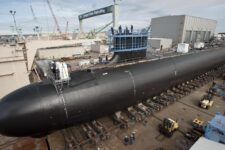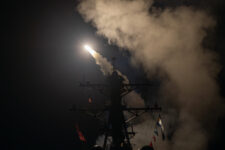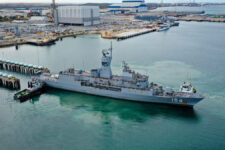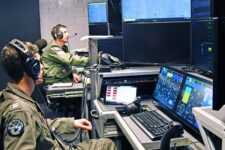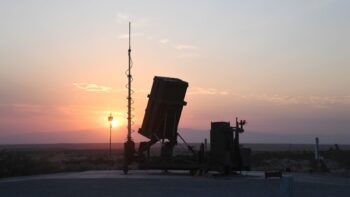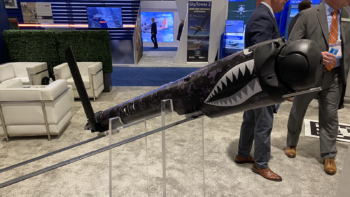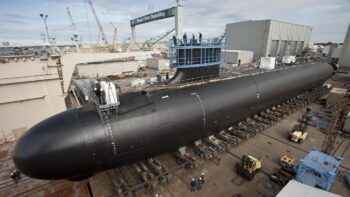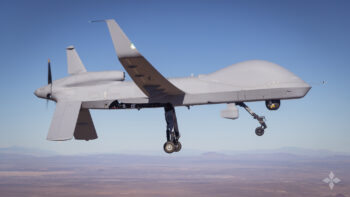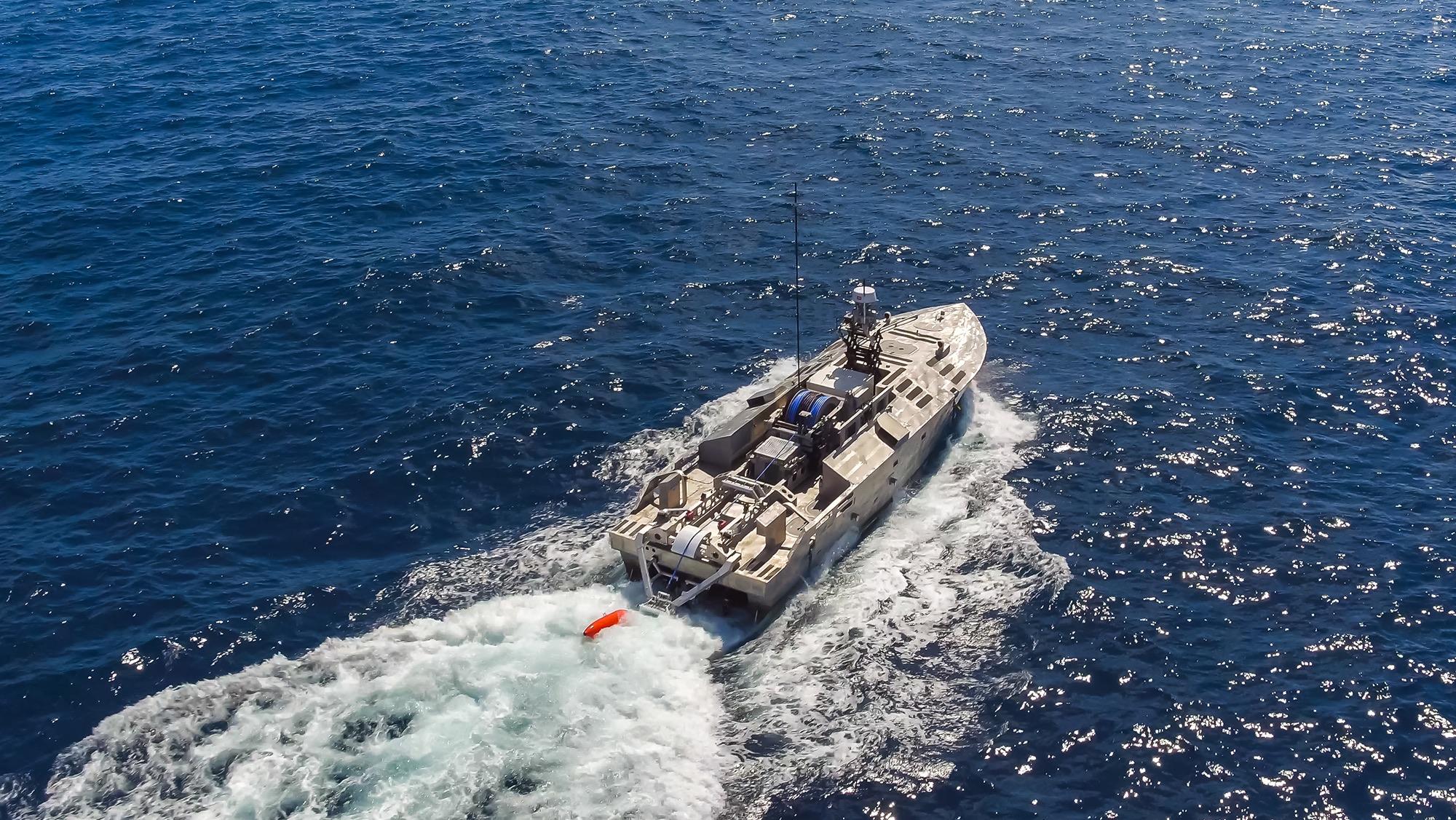
Textron’s Common Unmanned Surface Vehicle is part of the Navy’s UISS effort. (Textron)
WASHINGTON: The Navy has successfully completed underwater explosion shock testing for its new unmanned minesweeper, the service announced today.
The Unmanned Influence Sweep System (UISS), capable of launching from the Navy’s littoral combat ships or operated from shore, is designed to use both acoustic and magnetic sensors to deter and sweep mines at sea. It’s at the core of the service’s plans for replacing the Avenger-class minesweeping ships and MH-53Es Sea Dragon helicopters with new minehunting capabilities.
Beyond the surface vessel itself, the UISS is a complex family of systems that handle everything from power and radar to generating the magnetic fields and acoustics, as well as one system dedicated to “Mine Detonation Detection,” according to a Pentagon factsheet [PDF]. As a semi-autonomous capability, it has its own “obstacle avoidance sensor package” and a Command, Control, Communications, and Computers (C4) suite.
The recent test “demonstrates the survivability of the MCM USV,” LCS Mission Modules Program Manager Capt. Godfrey “Gus” Weekes said in a press release, referring to the Mine Countermeasure Unmanned Surface Vehicle. “This brings us one step closer to delivering the MCM mission package to the fleet.”
“Completion of these tests showcased the capability and resiliency of the MCM USV, and is a critical milestone for the program,” Weekes added. “The MCM USV is the centerpiece of the MCM mission package, and this test demonstrates the final steps we’re taking for MCM mission package IOT&E and fielding.”
Norway puts France, Germany, UK and US in the frame for future frigate partnership
Oslo is focused on joining an active production frigate program in order to minimize the need for Fridtjof Nansen-class upgrades.






